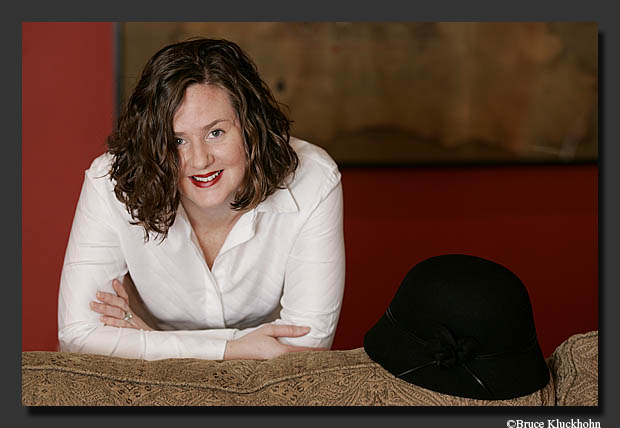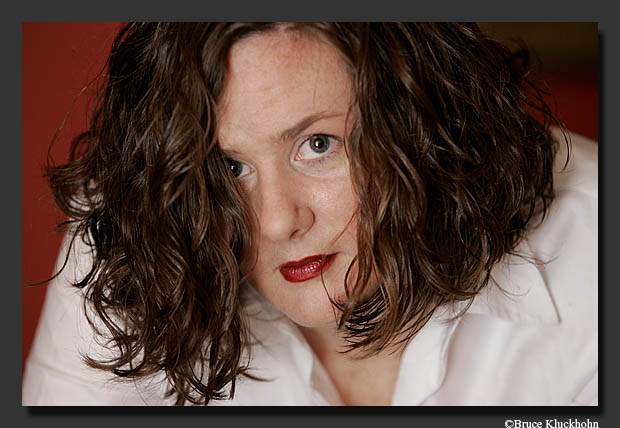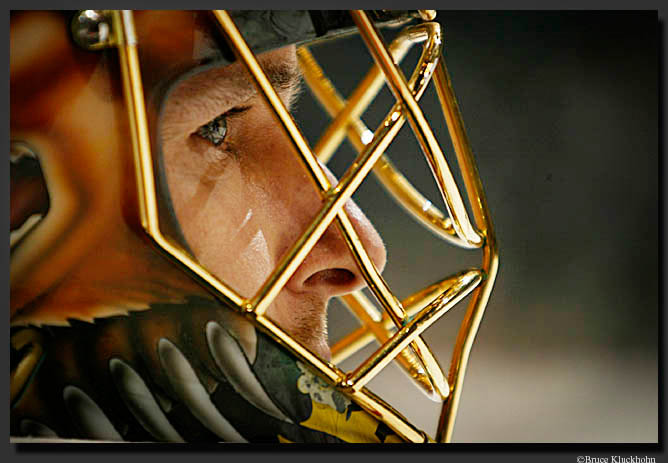|
Many people feel like they cannot take good photographs, and have often asked how to improve their attempts. While equipment can make some difference, they're are a few basic steps that will help anyone get more out of their photos. A number of basics include getting a good exposure, focusing your picture, holding the camera steady as you shoot. These are all important, and how to acheive these may depend upon what camera you have and how it works. Read the manuals, and basically--take pictures to see how it works. The more you know about how it works, the better you will understand its abilities and limitations.
Here are some basics for improving your photos. |
GET CLOSER
|
|
One of the easiest tips is to simply get closer. Most people have much too much "dead space" in their photos. You want your photos to tell a story, so tell the story. This means showing the subject. Usually, the closer, the better. |

|
|
|
|
Look at these examples. The first one above resembles what I call the "target" approach. People use the circle inside their viewfinder and put the subject's head in the middle of the circle. This means that all the space above the subject goes to waste. (Put the mouse over the photo to see the dead space.) The bullesye effect means the relationship of the subject to the environment offers little in telling the story of the photograph. Try turning the camera on its side and taking a vertical shot, eliminating ded space and filling the frame with your subject.. |

|
|
|
|
Here, the subject has less wasted space around her, as she fills half the frame, and the play of the hat and her body invite the viewer's eye into the photograph. Below is an attempt at even less information about the environment, and all about the subject. The use of a longer lens and a shallow depth of field helps throw the background out of focus, again drawing more attention to her.
|

|
FILL THE FRAME
|
|
One of the ideas when shooting tighter is to see your finished photograph as you frame it in your viewfinder. You want to edit while you are shooting. Instead of cropping later, where you will most likely lose quality, think of the viewfinder as the finished photo, and think of the corners. Avoid looking at the middle of the photo, and look to see how the elements of the photograph work together. As I stated above, long lenses with shallow depths of field help to eliminate unwanted distractions and draw the eye to your subject . Long lenses also compress the foreground and background to make them appear closer together, and often compliment the subject.
|

|
The intensity of the pre-game time shows in Dwayne Roloson's eye. To see it, you need to shoot quite tight and fill the frame. By doing so, the back ground goes out of focus and draws even more attention, while allowing a little empty space on the right directs the viewer to feel more of the subject's gaze..
|
|
Ideally, you want to think of your foreground, background, and their relationship with each other. I have shown here how to emphasize the person by getting much closer. When I did this, I virtually emliminated the background. Often you will want to have more information about the scene.
|
|
|


